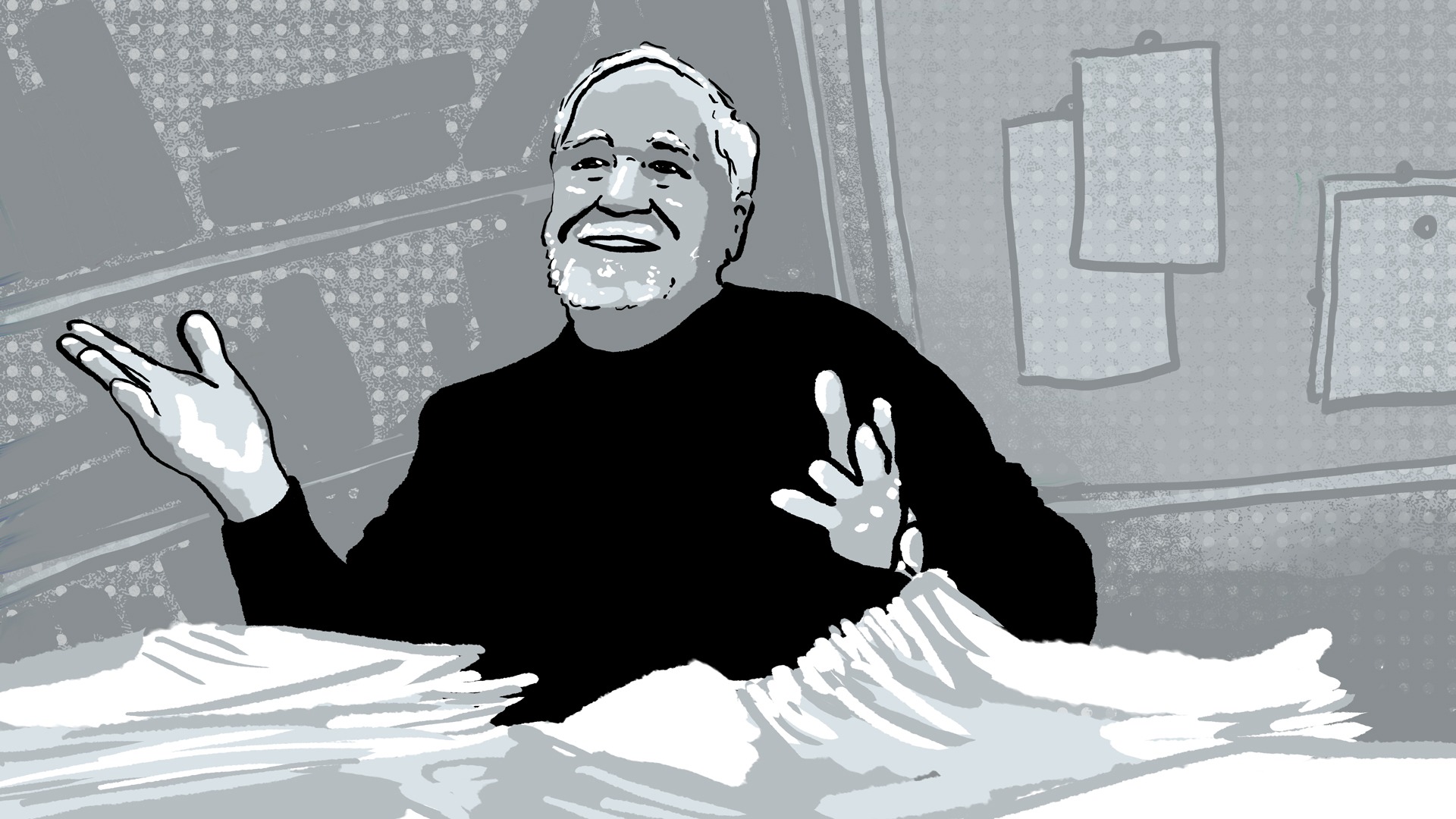Bernard Fisher had been in many a fight. He was, after all, an iconoclastic surgeon who had famously infuriated his colleagues by demonstrating that heroic surgeries in breast cancer do more harm than good.
However, nothing in his life prepared him for the ordeal that befell him in March 1994.
In a matter of days, everything Fisher had accomplished vanished in the midst of a political brawl sparked by Rep. John Dingell (D-MI) and his squad of investigators. Dingell et al. had learned about scientific fraud in a small number of cases in massive clinical trials Fisher directed.
Fisher knew about that, too, but didn’t think it was a big problem, and didn’t move fast to reanalyze the data. In fact, The Cancer Letter’s first story about this brewing scandal appeared on page 6 (The Cancer Letter, March 18, 1994).
Initial appearance notwithstanding, the story rapidly acquired hurricane force, and feeling the pressure from the intensely feared Dingell committee, NCI Director Samuel Broder fired Fisher from his position as chairman of the National Surgical Adjuvant Breast & Bowel Project, the cooperative group the surgeon co-founded and ran. The University of Pittsburgh, too, threw Fisher under the bus. Ultimately, the databases run by NCI and the National Library of Medicine—including all NSABP publications and Fisher’s Karnofski Lecture at ASCO—were libelously labeled “SCIENTIFIC MISCONDUCT.” The surgeon, who was 75 at the time, was never accused of scientific fraud.
The NSABP scandal became the single biggest story in oncology in 1994. People Fisher contemptuously called BAPs—bureaucrats, administrators and politicians—were on the attack, media coverage was intensive and not always correct, academic warlords were contemplating carving up NSABP, and patients were terrified about having relied on NSABP data in their treatment decisions.
As a scientist, Fisher, who died Oct. 16 at age 101, had revolutionized the understanding and treatment of breast cancer (The Cancer Letter, Oct. 25). As a scientist and a citizen, he showed what it means to remain faithful to the principles of academic freedom and due process of law at a time when people around him urged him to cave, compromise, apologize. “Grovel” was the technical term communicated to Fisher by his attorney before one of Dingell’s hearings.
As the backbones of people around him were losing rigidity, Fisher stood upright, stiffly, explaining over and over that NSABP’s scientific findings were solid and the accusations against him Kafkaesque. Dingell wanted a mea culpa, but in a standoff that made network news and the front pages of major newspapers, Fisher insisted that no mea culpa was warranted and none would be forthcoming.
Fisher took every kick, every indignity that came his way, shelling out six-figure legal fees in suits against NCI, Pitt, and the law firm of Hogan & Hartson, which represented Pitt.
As the backbones of people around him were losing rigidity, Fisher stood upright, stiff ly, explaining over and over that NSABP’s scientific findings were solid and the accusations against him Kaf kaesque.
The NSABP scandal raged through a very different America and a very different U.S. Congress. Different because at that time, newspapers and television networks covered hearings of Congressional committees. Photographers crouched or prostrated themselves in the bullpen between the dais and the witness table, training precision optics on the nasal hairs of Chairman Dingell as he fumed at scoundrels and honest men alike.
I was at a press table, watching this astounding Shakespearean tragedy unfold in hearings or tracing it through documents obtained from NCI or the Subcommittee on Oversight and Investigations of the House Committee on Energy and Commerce. The players in this drama have since changed costumes, but the story line has become a constant. Ethical lapses, fraudulent data, the rigor of audits, and political overreach haven’t gone away.
For me, this was the time and place where I realized that The Cancer Letter needs to provide exhaustive coverage of such scandals, instead of dipping in and out of stories like everyone else. The Cancer Letter published 57 stories on the NSABP scandal between March and December 1994.
Sometime in the summer of 1994, I got a call from Mackenzie Carpenter, a special projects reporter from the Pittsburgh Post-Gazette. She started to get into the NSABP drama as its first, most explosive phase was winding down on Capitol Hill.
Early in the conversation, I started selling Mackenzie on the idea of describing this story for a general audience, doing a recap of history, showing where the story stood at that time. Sometimes to make a story understandable, you need to go to “In the beginning..,” I argued.
Mackenzie and colleague Steve Twedt spent months reconstructing the history on NSABP, going back to Fisher’s hypotheses, pinpointing the relatively small-scale irregularities in the data that caused the scandal, and analyzing events that were still raging in Washington.
Meanwhile, I was committed to writing for a specialized audience in real time, following its implications as they unfolded day after day. By contrast, Mackenzie and Steve were writing for a general audience after many of the key events had occurred. I didn’t have the capacity to tell the story with the luxuries of character development, delineation of plot points, and narrative thrust.
Luckily, Mackenzie and Steve were able to do just that. And they were getting cooperation from the University of Pittsburgh, NCI, the Dingell crew, sundry lawyers, Fisher, his colleagues, and yours truly. Even Roger Poisson, the fraudster in this story, spoke with the Post-Gazette team.
The series—Anatomy of a Scandal—appeared in the Post-Gazette in December 1994. It’s unlikely that you saw it in print unless you were interested in oncology and lived in Pittsburgh at the time. Even today, a quarter-century later, the series allows us to observe Fisher and the people around him as they try to orient themselves in the midst of a cataclysmic disturbance. Anatomy of a Scandal is being printed in its entirety with permission from Pittsburgh Post-Gazette. |













